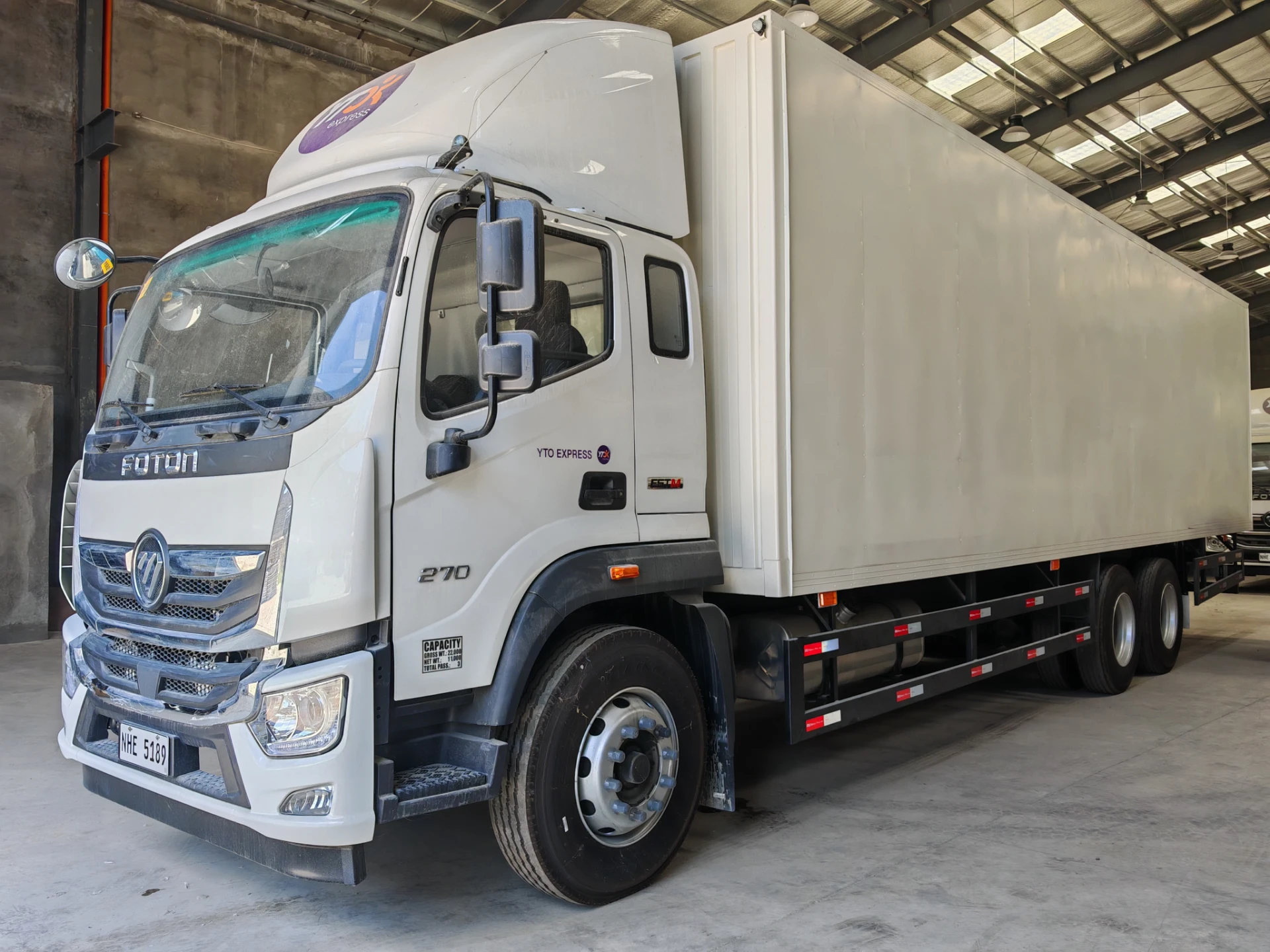internal combustion engine
The Internal Combustion Engine A Pioneering Force in Modern Transportation
The internal combustion engine (ICE) has been a pivotal technology in shaping the modern world, powering everything from automobiles to aircraft and industrial machinery. Its invention sparked the onset of the industrial revolution, transforming transportation and influencing the global economy. The ICE operates on the principle of converting fuel into mechanical energy through controlled explosions within a cylinder, which drives the engine’s pistons and subsequently powers vehicles.
Historical Background
The journey of the internal combustion engine began in the late 17th century with rudimentary designs created by inventors like Christiaan Huygens and Nicolas-Joseph Cugnot. However, it wasn’t until the late 19th century that the technology gained traction with the works of inventors such as Nikolaus Otto, who developed the four-stroke cycle engine in 1876. Otto's design laid the groundwork for modern gasoline engines and represented a significant advancement over earlier designs.
Early internal combustion engines ran primarily on coal gas and later transitioned to liquid fuels such as gasoline and diesel. The early part of the 20th century saw the advent of mass production techniques by Henry Ford, which made automobiles accessible to the general public. This surge in personal transportation forever changed societal structures, urban planning, and global commerce.
Mechanics of Operation
At the core of the internal combustion engine is a simple yet effective process. The engine operates traditionally on one of two cycles the four-stroke cycle or the two-stroke cycle.
In a four-stroke engine, the cycle consists of intake, compression, ignition, and exhaust. During the intake stroke, the engine draws in a mixture of air and fuel. The compression stroke then compresses the mixture, making it highly susceptible to ignition. The spark plug ignites the compressed air-fuel mixture during the power stroke, driving the piston down and generating power. Finally, during the exhaust stroke, the spent gases are expelled from the cylinder.
In contrast, two-stroke engines combine processes, firing once every revolution, making them lighter and simpler but often less efficient and more polluting than their four-stroke counterparts.
internal combustion engine

Advantages and Challenges
The success of internal combustion engines can be attributed to several advantages. They are generally more compact than electric motors, providing a high power-to-weight ratio that has enabled vehicles to travel faster and carry more load. Moreover, the existing infrastructure for gasoline and diesel fuel is extensive, making it convenient for consumers and businesses alike.
However, the internal combustion engine faces significant challenges, particularly in terms of environmental impact. The combustion process produces greenhouse gases such as carbon dioxide (CO2) and pollutants such as nitrogen oxides (NOx) and particulates, contributing to air quality issues and climate change. Furthermore, reliance on fossil fuels raises concerns over sustainability and energy security.
The Future Electrification and Hybrid Systems
In recent years, the automotive industry has seen a shift towards electric vehicles (EVs) and hybrid systems that incorporate both electric motors and internal combustion engines. This shift is driven by stringent emissions regulations, advances in battery technology, and a growing awareness of environmental issues among consumers.
While internal combustion engines are not likely to disappear overnight, their role in the transportation landscape is changing. Many manufacturers are investing heavily in developing cleaner and more efficient engines that utilize alternative fuels, such as biofuels, hydrogen, or compressed natural gas, to mitigate some of the environmental concerns associated with traditional fuels.
Conclusion
The internal combustion engine has been a cornerstone of modern transportation, enabling unprecedented mobility and economic growth. Despite its well-documented drawbacks, including environmental impacts and reliance on non-renewable resources, ongoing innovations and adaptations offer a potential path toward more sustainable use. As we navigate the complexities of the 21st century, the future of transportation will likely be a blend of traditional internal combustion technologies and new electric and hybrid systems, marking yet another evolutionary step in the saga of engine development. The internal combustion engine, with its rich history and ongoing relevance, remains a testament to human ingenuity and the relentless pursuit of progress.
-
SINOTRUK HOWO 84 Electric Dump Truck for Eco-Friendly Heavy HaulingNewsJul.26,2025
-
The Fast 16-Gear Manual Transmission Assembly for Heavy TrucksNewsJul.25,2025
-
Mercedes Benz Actros 1848 42 Tractor Truck for Sale - Reliable PerformanceNewsJul.24,2025
-
High-Quality Water Pump Assembly for Sinotruk Trucks – Durable & ReliableNewsJul.23,2025
-
Premium Truck Engine Antifreeze Coolant Fluid for Heavy Duty VehiclesNewsJul.22,2025
-
FOTON View G7 Mini Bus: Affordable & Spacious TransportNewsJul.22,2025
Popular products

























